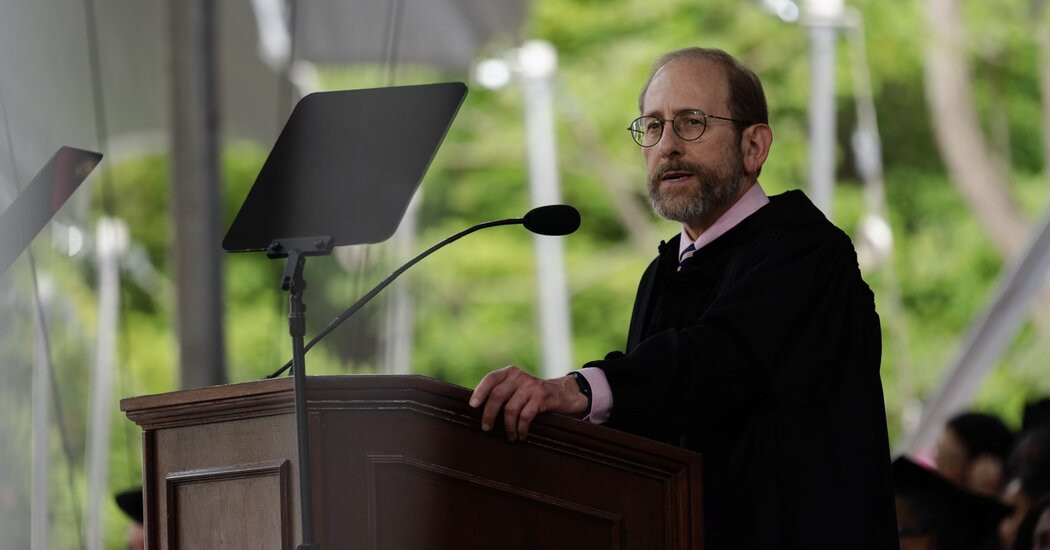

The showdown between the Trump administration and institutions of higher learning intensified on Tuesday, when President Trump threatened Harvard University’s tax-exempt status after the school refused to accept his administration’s demands on hiring, admissions and curriculum.
His threat, and the stakes involved, highlighted not only the billions of dollars in government funding that colleges receive every year but how that practice started and what all that money goes toward.
Around the time of World War II, the U.S. government started funding universities for the purpose of aiding the war effort, funneling money toward medical research, innovation and financial aid for students.
The relationship between the federal government and higher education soon became symbiotic. As the government counted on universities to produce educated and employable students, as well as breakthrough scientific research, universities came to rely on continued funding.
In 1970, the government dispersed about $3.4 billion to higher education. Today, individual colleges depend on what could be billions of dollars, which mainly go toward financial aid and research. Harvard alone receives $9 billion.
The funding freezes have caused work stoppages, cut contracts, imperiled medical research and left students in limbo. Reductions can also affect hospitals that are affiliated with universities, like the Dana-Farber Cancer Institute and Boston Children’s Hospital, both of which are affiliated with Harvard.